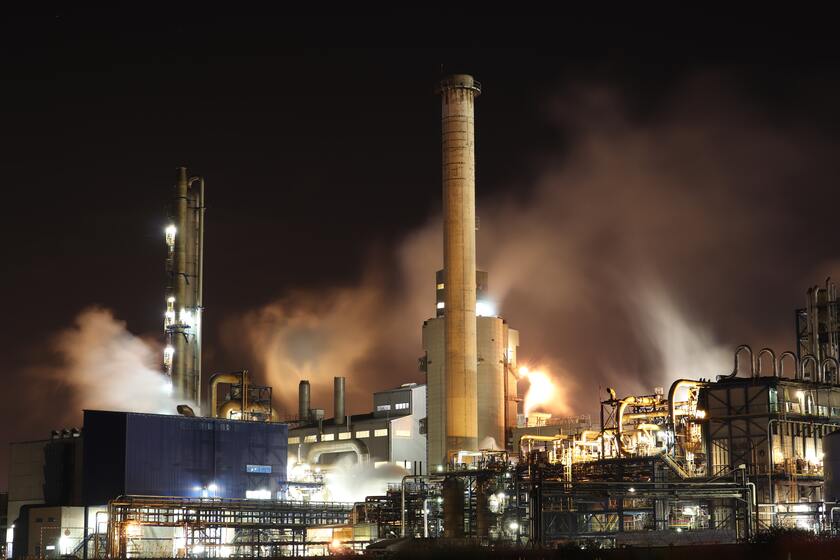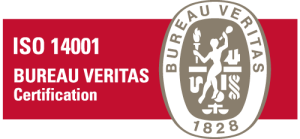Due to the risk of transporting these cargoes, since 1956 the UN created recommendations for the transport of dangerous goods worldwide and divided them into different classes of dangerous goods. In this post we tell you how many classes of dangerous goods there are and how these categories are organized.
How many classes of dangerous goods are there?
There are currently 9 classes of dangerous goods, categorized according to the predominant risk or hazard to the environment, living beings or other objects, goods or the means of transport itself.
Each class is assigned a label that must be indicated next to the goods, the means of transport or both, depending on the type of goods and the means of transport.
means of transport of dangerous goods
The hazardous nature of the transported cargo must be made absolutely clear.
Although the main classification is 9, the regulations include several subcategories. If we want to include these subcategories, the total of how many classes of dangerous goods there are extends to 13 classes.
What is considered dangerous goods?
Dangerous goods are considered to be any material or object that may cause damage to the surroundings, the environment, living beings or other objects, either through chemical reactions, such as radioactive, toxic, corrosive, flammable, or by any other means.
Categorization of dangerous goods classes
The classification system consists of grouping dangerous goods into 9 general types, as mentioned above, but these in turn can be subdivided into different subcategories with a more precise specification of the type of hazardous material.
Class 1: Explosive goods
Within this general category we can find explosive substances, pyrotechnic substances or objects containing pyrotechnic or explosive substances in combination.
Class 2: Gases
The category of gases includes pure gases, mixtures of gases, either with each other or with other objects or materials, as well as objects containing gases or these mixed materials.
Class 3: Flammable liquids
Here we find explosive or flammable liquids, molten solid materials and, in general, any hazardous liquid that falls within the definition provided by current regulations.
Class 4: Flammable solids
This class includes solid goods that are easily flammable, self-reactive, desensitized explosive and any other goods related to self-reactive materials. In turn, it is subdivided into those subjects that:
May cause spontaneous inflammation
On contact with water, they release flammable gases.
Class 5: Oxidizing Agents and Organic Peroxides
This class is also divided into subcategories:
Combustible materials and objects
Those which, in contact with another substance, can cause, help to cause or facilitate combustion or inflammation, due to their high oxygen content.
Organic peroxides
Refers to all those objects or materials that, due to their flammable nature, can help to start or maintain a fire.
Class 6: Toxic and Infectious Substances
In this category we find the subcategories:
Toxic Materials
They are those that can cause damage to the health of living beings, whether they are slight affections or lethal materials. They argue whether they can cause this type of damage on the basis of animal experiments.
Infectious materials
Those that include in their composition some type of pathogen that can cause diseases or illnesses in living beings.
Class 7: Radioactive Matter
Although less commonly encountered, there may be a need to transport nuclear fuels or radioactive materials. Radioactive materials are those that, depending on the changes caused in their atoms, could emit radiation, causing changes or damage to objects or living beings.
Class 8: Corrosive Materials
This class of dangerous goods includes those substances that can damage other goods, materials that, due to a chemical reaction, can damage a body, and those objects that generate corrosive liquid or gas, due to contact with water or humidity.
Class 9: Miscellaneous Hazardous Materials and Objects
Objects and materials that cannot be assigned to any other group or that fall into 2 or more categories are categorized here, so that they are classified in this group to avoid confusion.
As we have seen, dealing with dangerous goods is not a simple task, as it involves a multitude of risks and, especially, regulations, regulated by the different bodies in charge of transport safety.
Depending on the means of transport to be used, the regulatory body may be IATA (air), IMDG (sea), RID (rail), ADR (road) or ADN (inland waterways). In any case, we strongly recommend that you take out freight insurance.
goods transportation insurance
insurance, which will give us some peace of mind in the transportation process.
If, in addition, you prefer to save yourself the hassle of dealing with these or other common transport tasks, you can count on Partida Logistics,
customs agency in Spain
specialist in the transport of dangerous goods.




